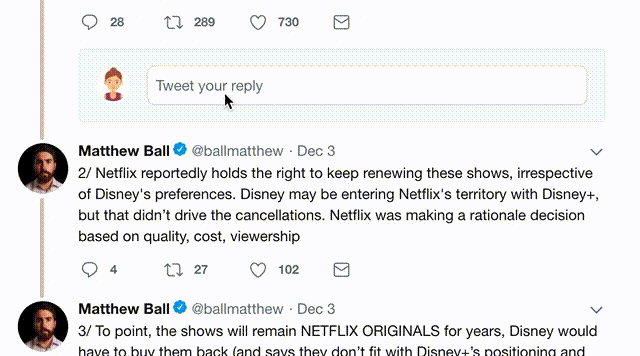By definition, endosomal entry inhibitors only protect against free virions, entering by endocytosis.
The mechanism is not relevant to cell-cell fusion, or to TMPRSS2-mediated fusion with a free virion at the cell membrane itself.
ncbi.nlm.nih.gov/pmc/articles/P…
This is a good overview of comparative CoV entry for SARS-CoV, MERS-CoV, and SARS-CoV-2.
This section discusses what I mentioned about fusion at the cell membrane directly if TMPRSS2 is available.

They could just fuse immediately at the cell surface.
ncbi.nlm.nih.gov/pmc/articles/P…

researchgate.net/figure/Effect-…
However: there is no test of HCQ for SARS-CoV-2 specifically on pulmonary derived cell lines in this collection--
Anyway here is the paper again:
biorxiv.org/content/10.110…
Hydroxychloroquine does not work on Calu cells.



However, a TMPRSS2 inhibitor like bromhexine, ambroxol, or nafamostat must also be used for the lungs.
biorxiv.org/content/10.110…
biomedgrid.com/pdf/AJBSR.MS.I…
ncbi.nlm.nih.gov/pmc/articles/P…



Entry-mechanism-based argument for adding a TMPRSS2 inhibitor (bromhexine, ambroxol, nafamostat, likely not camostat due to awful bioavailability) to endosomal entry inhibitors (HCQ, mefloquine, niclosamide, nitazoxanide, amodiaquine, etc.).

>may be explained by the relative instability of the wild-type SARS-CoV-2 S-protein
This is why TMPRSS2 inhibitors are still decent alone-- endosomal route is slow.
nature.com/articles/s4159…
Use of interferon, as in the Chinese studies, would also likely slow this 'shortcut' path.





